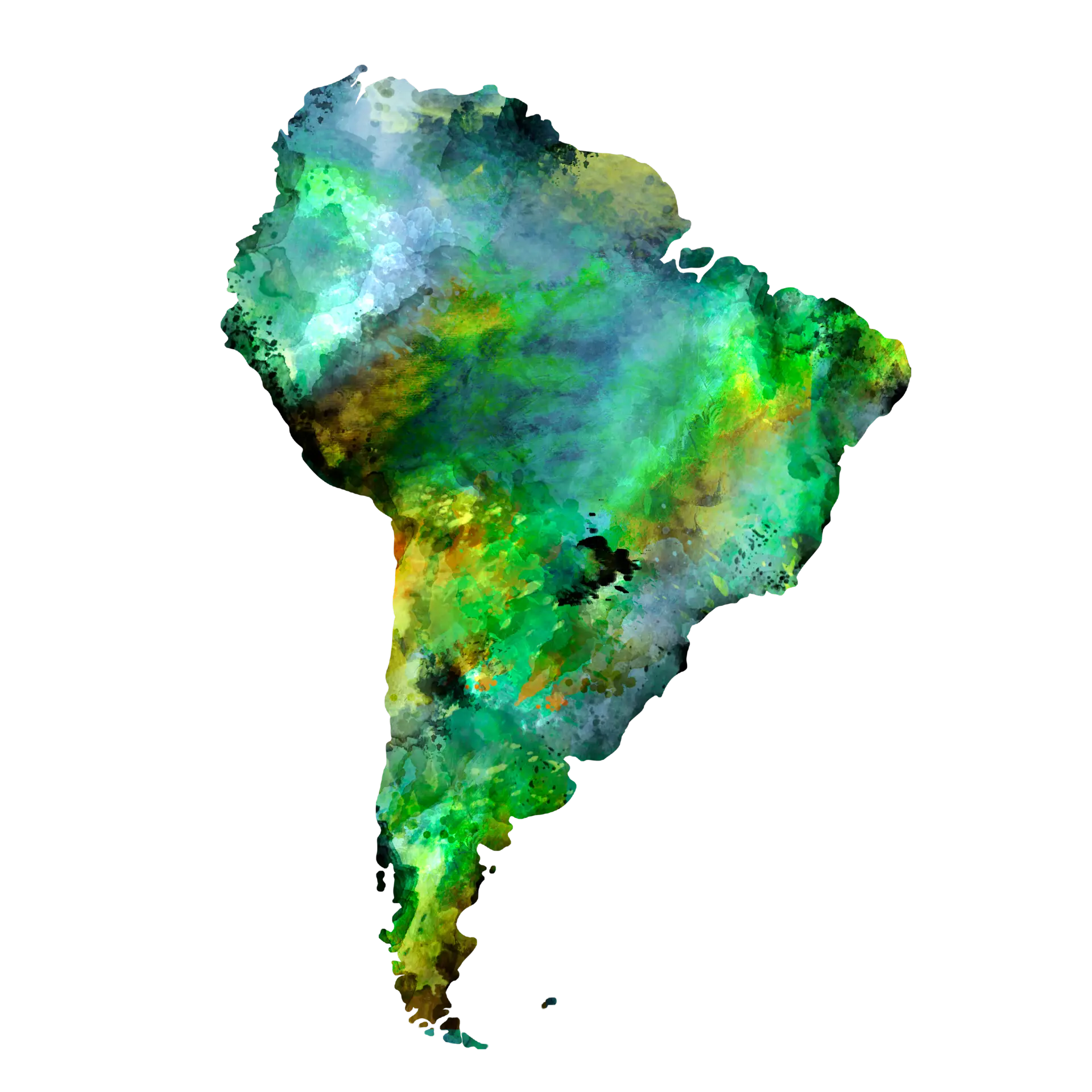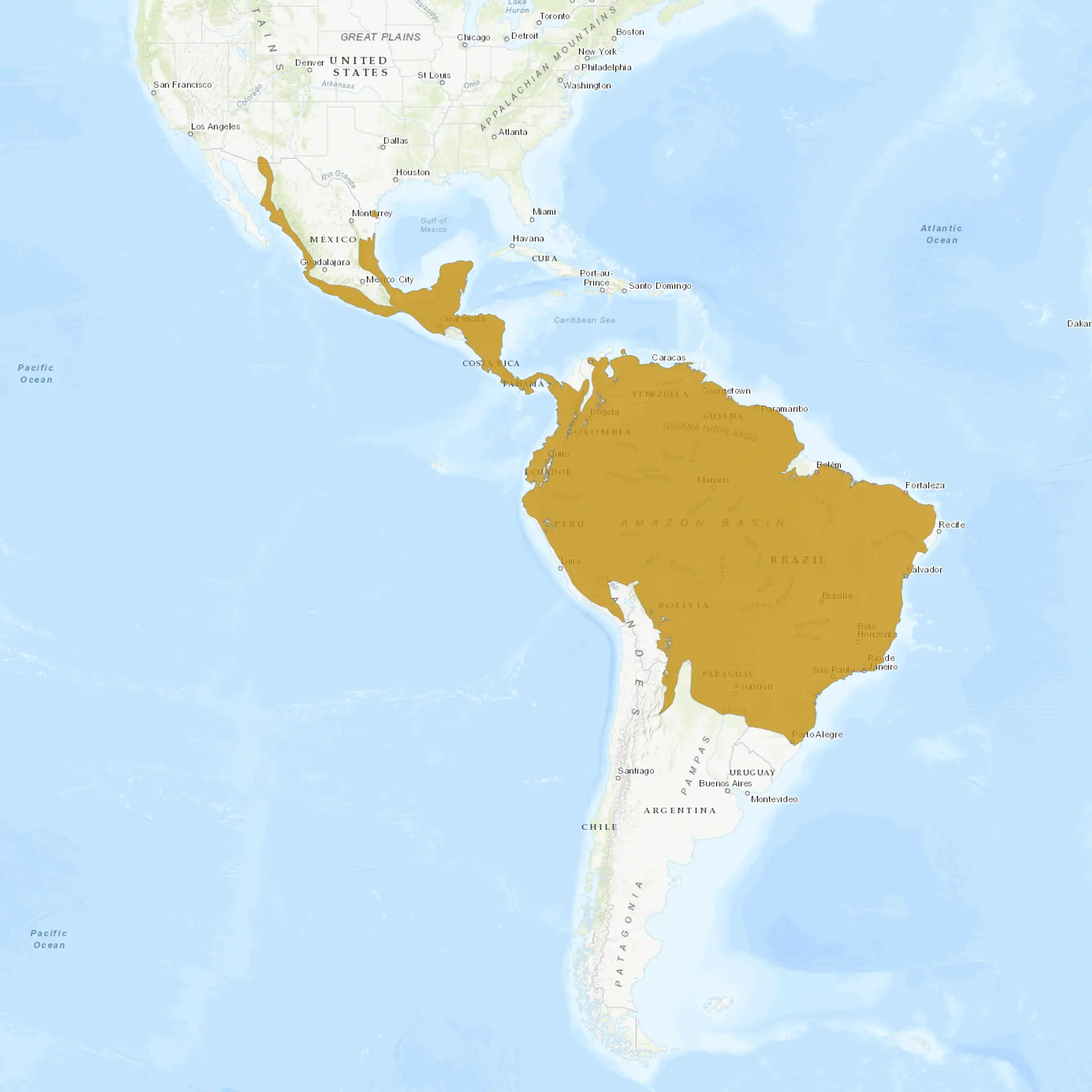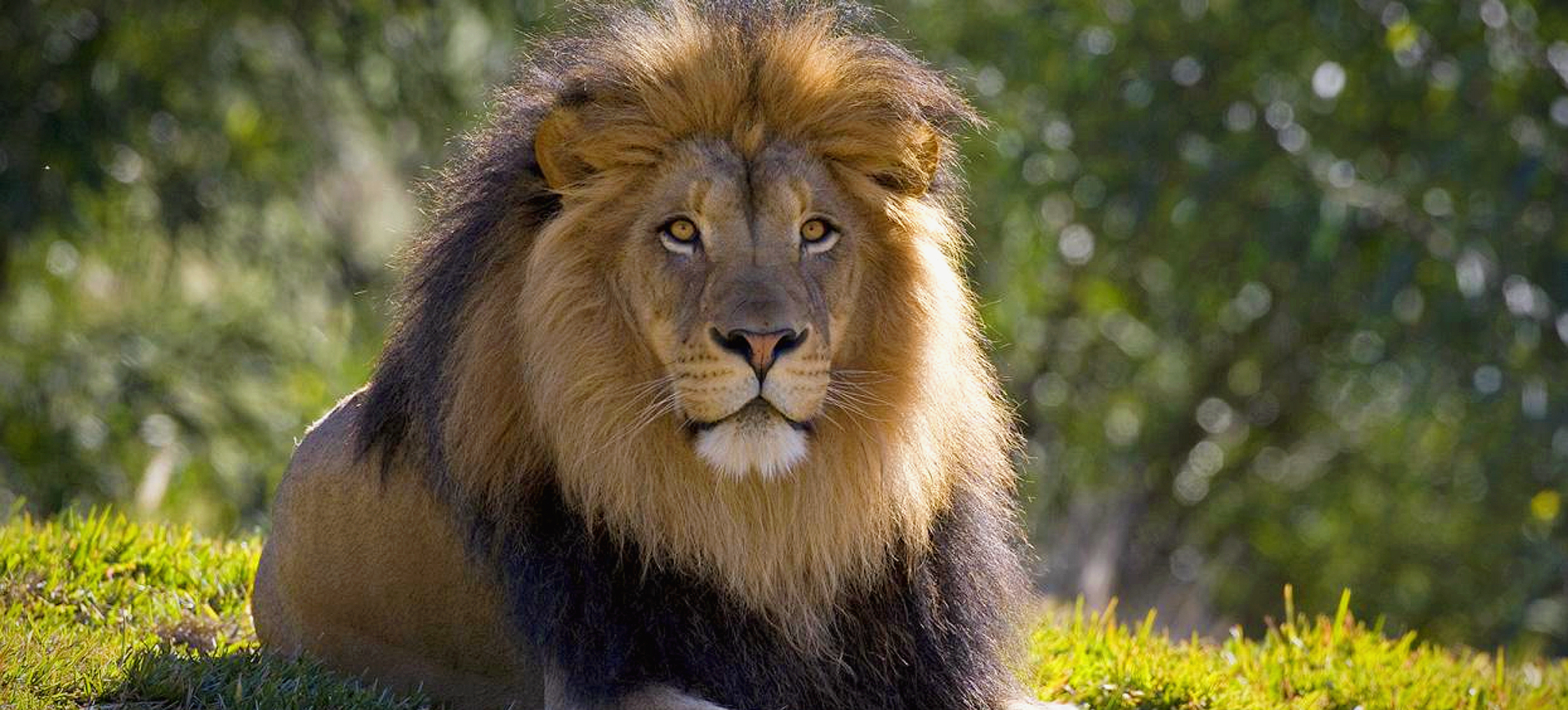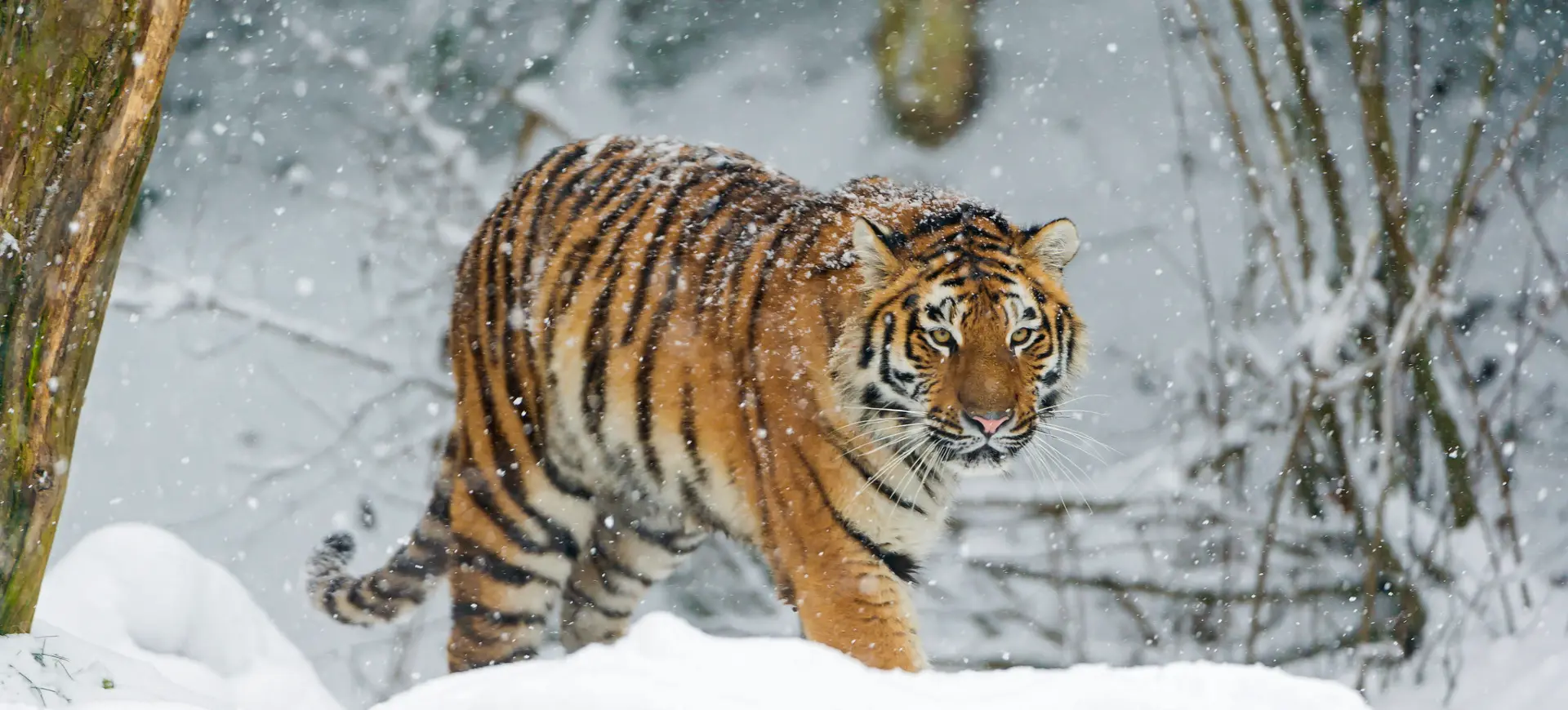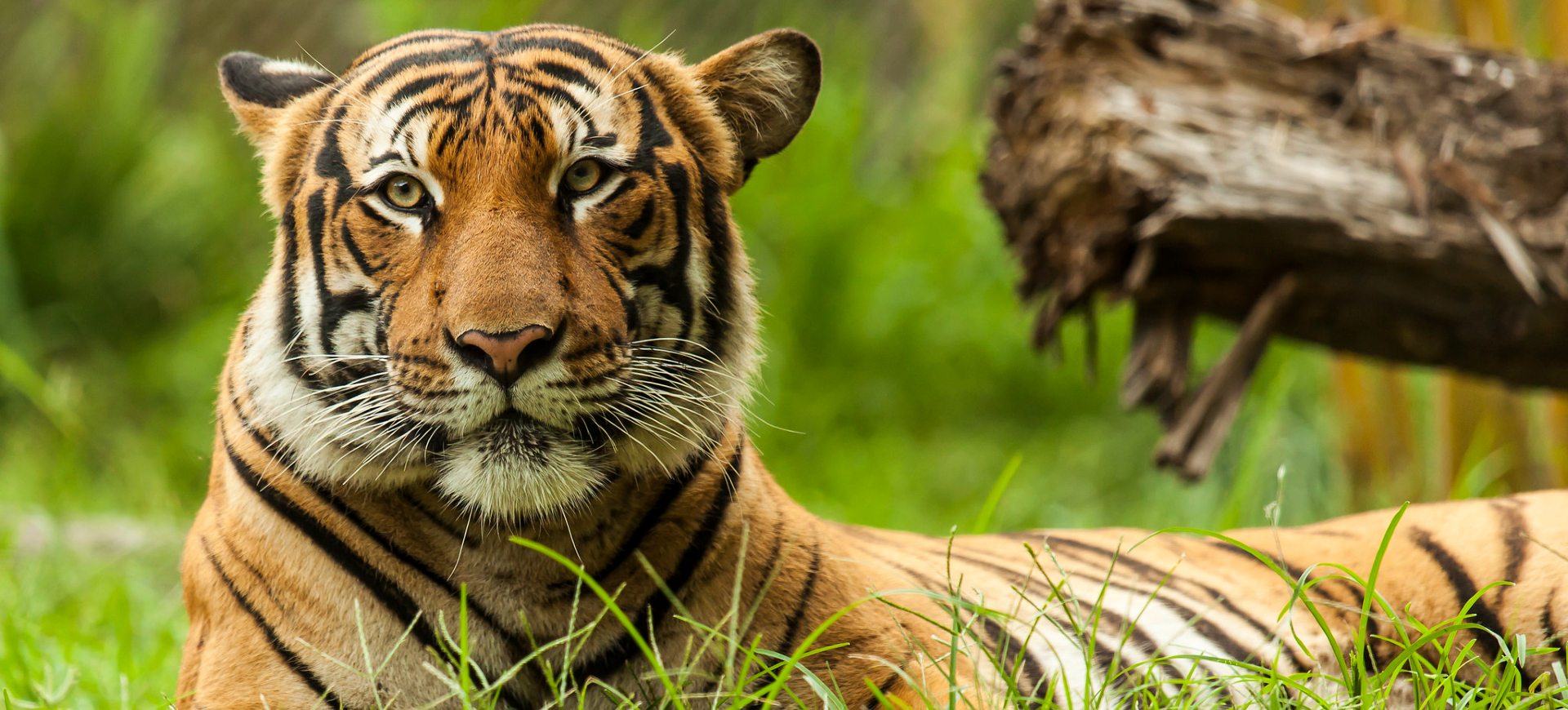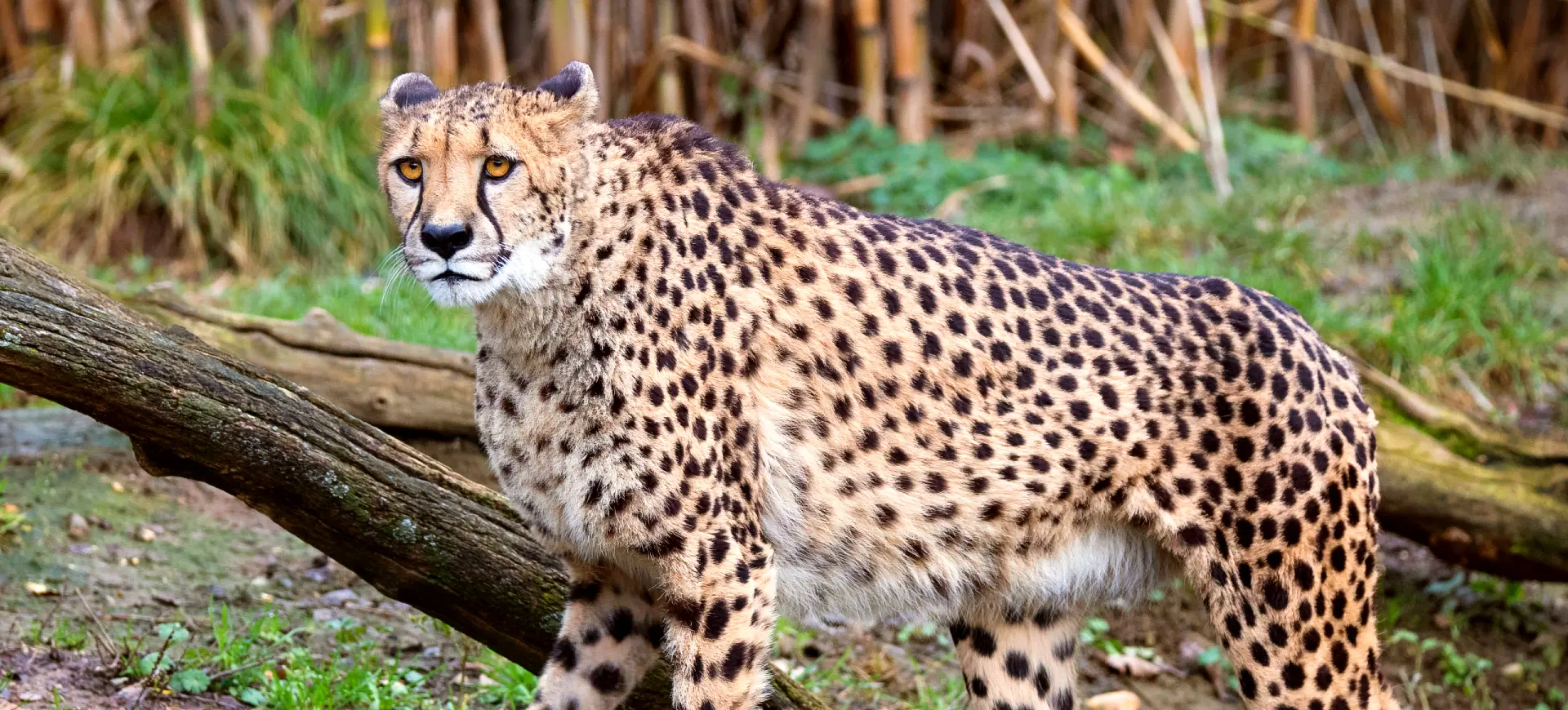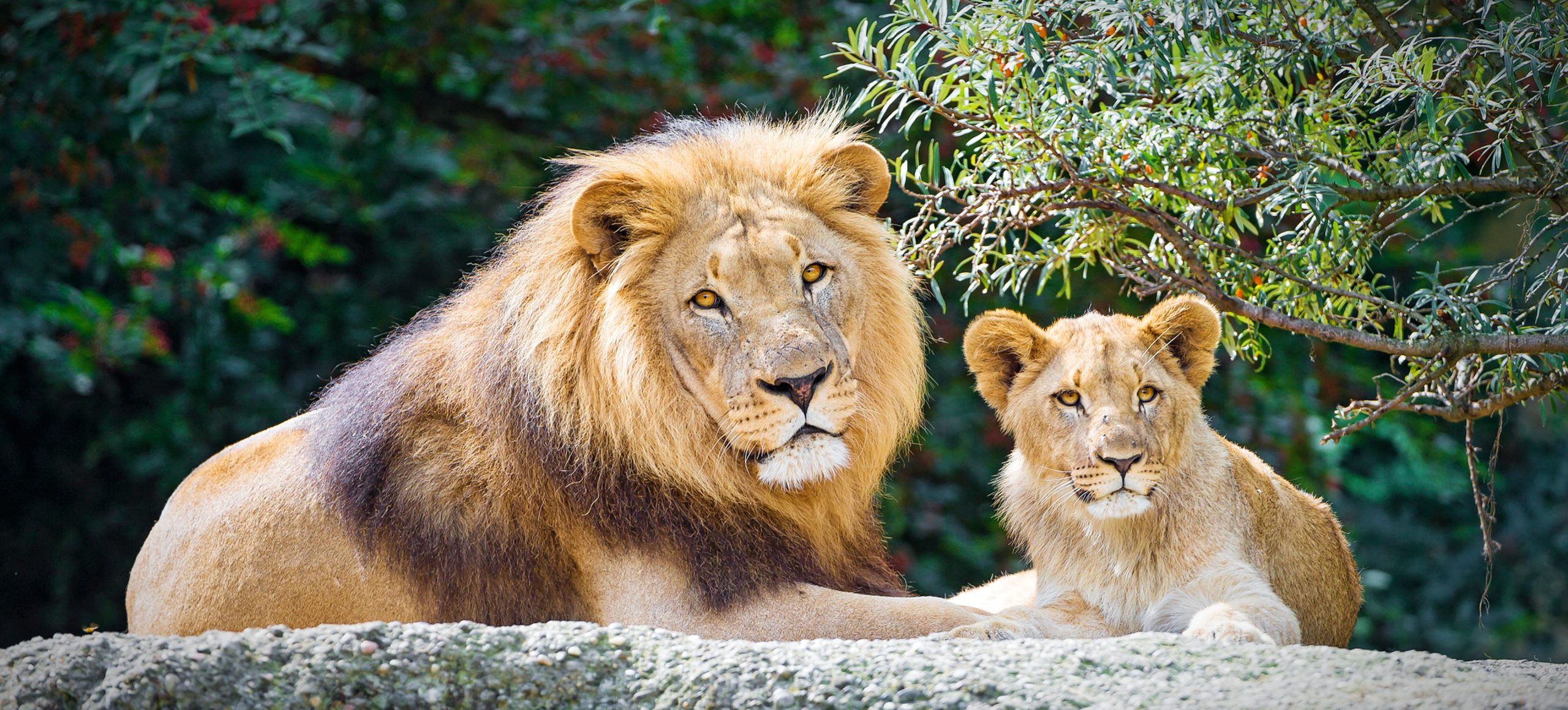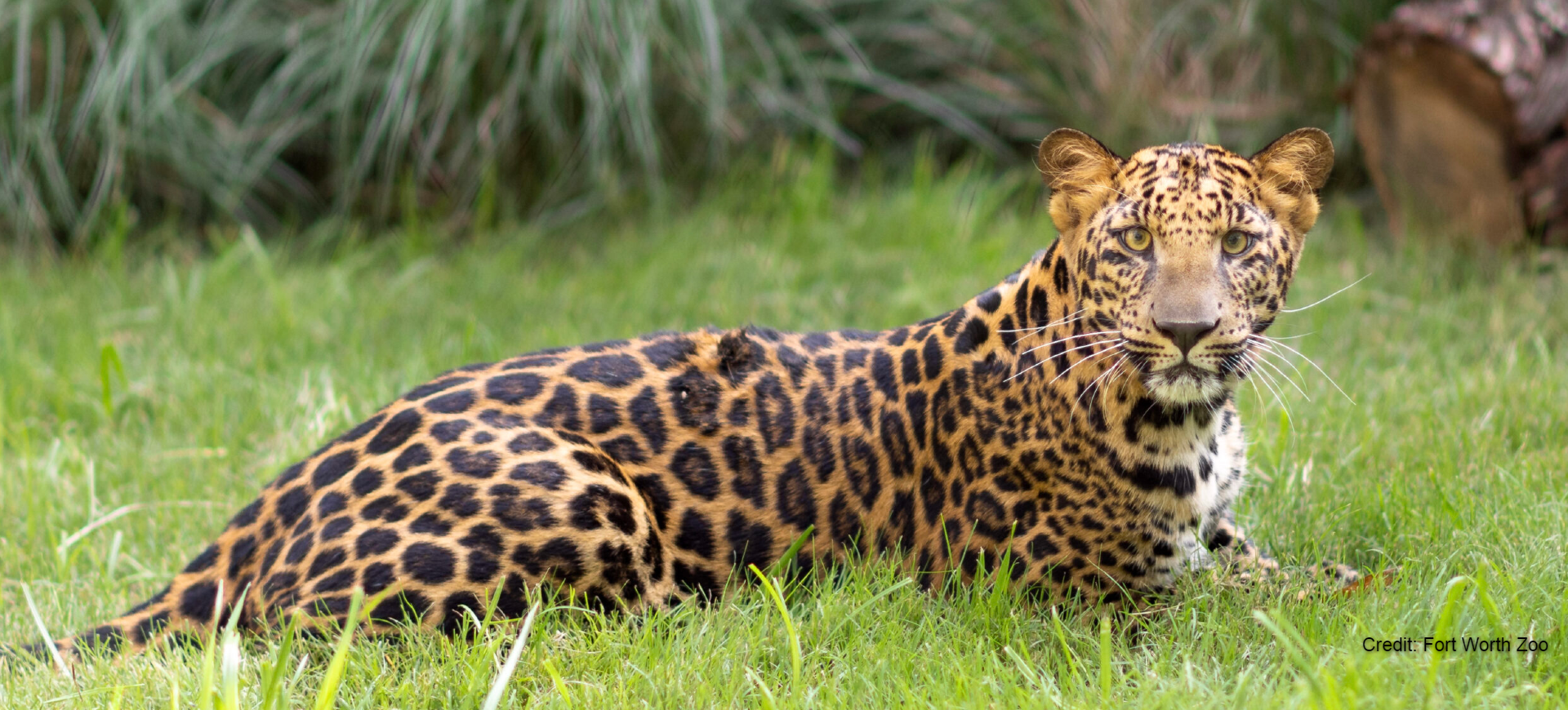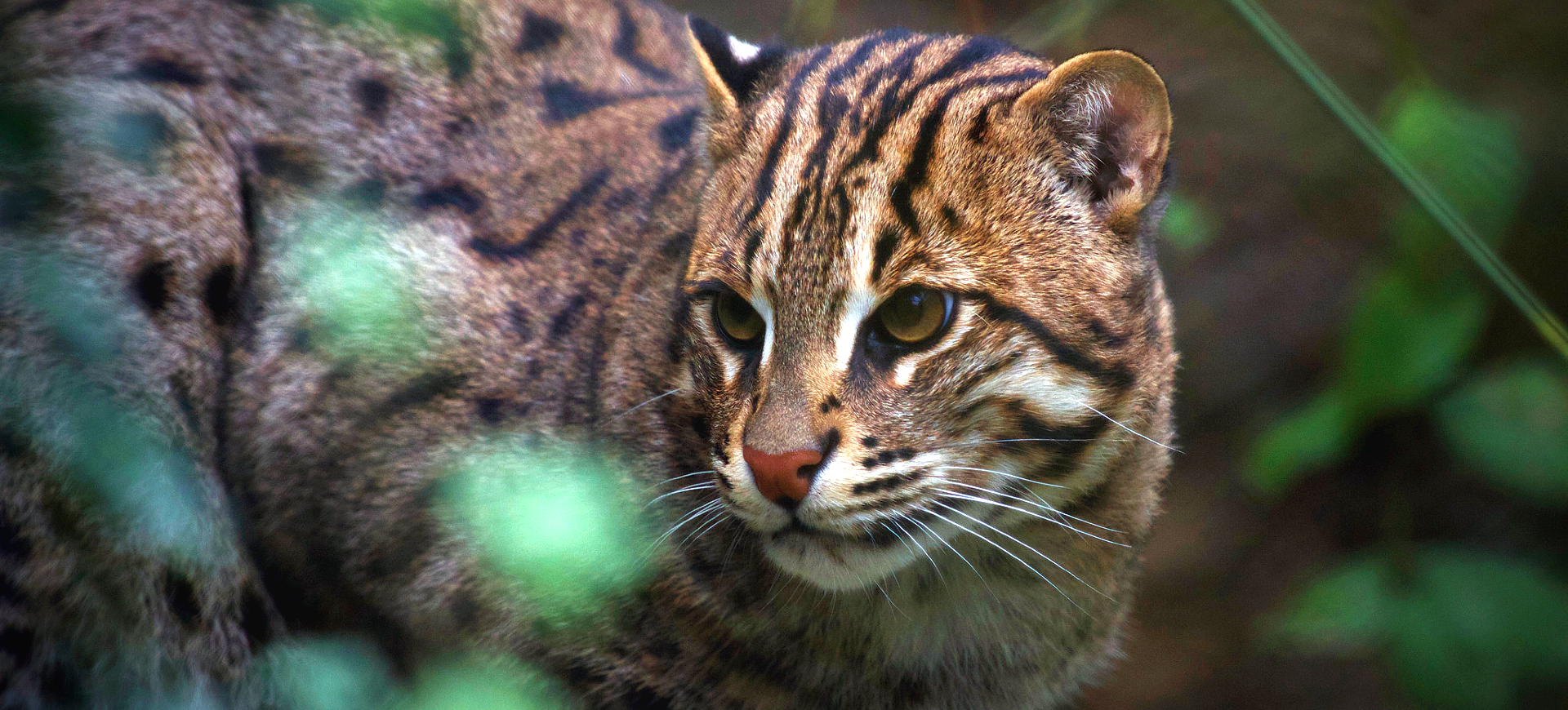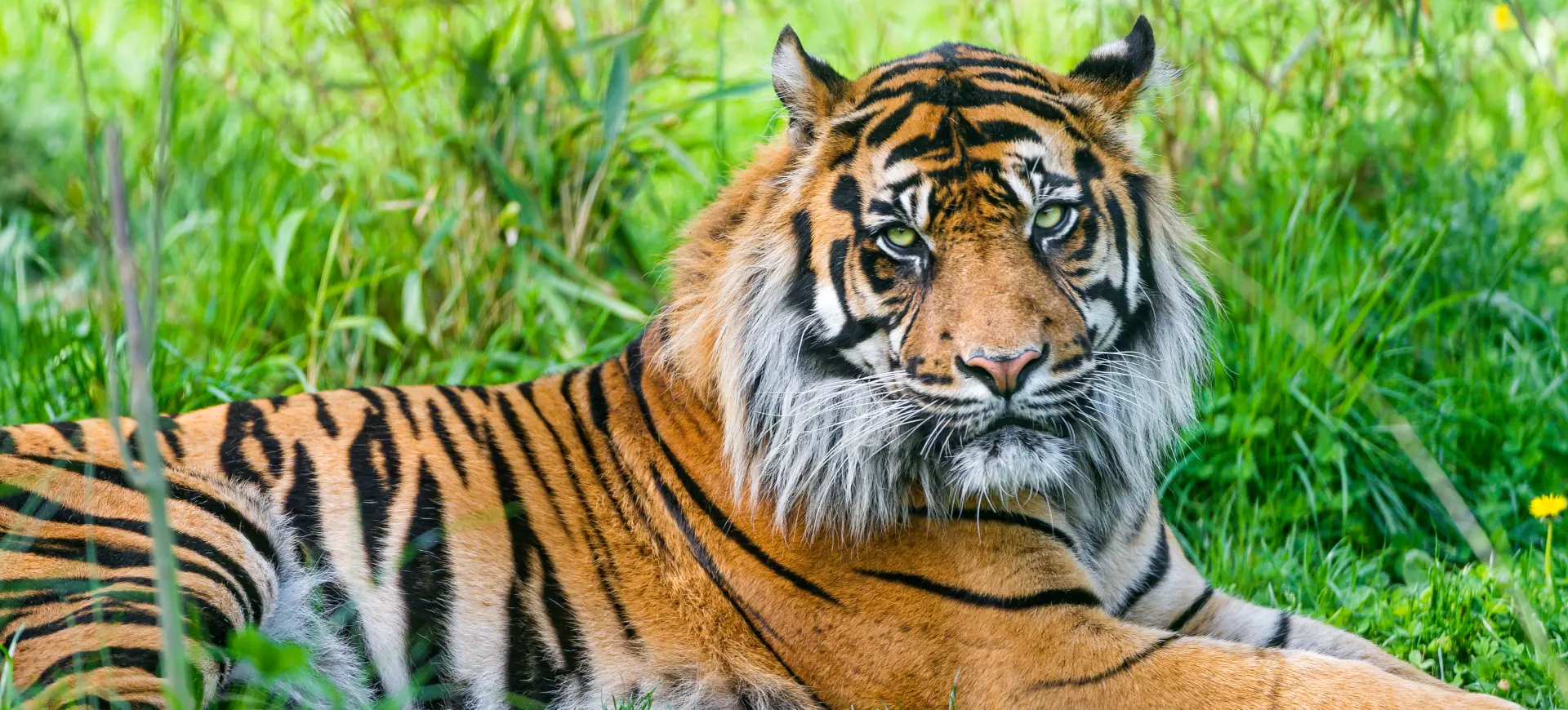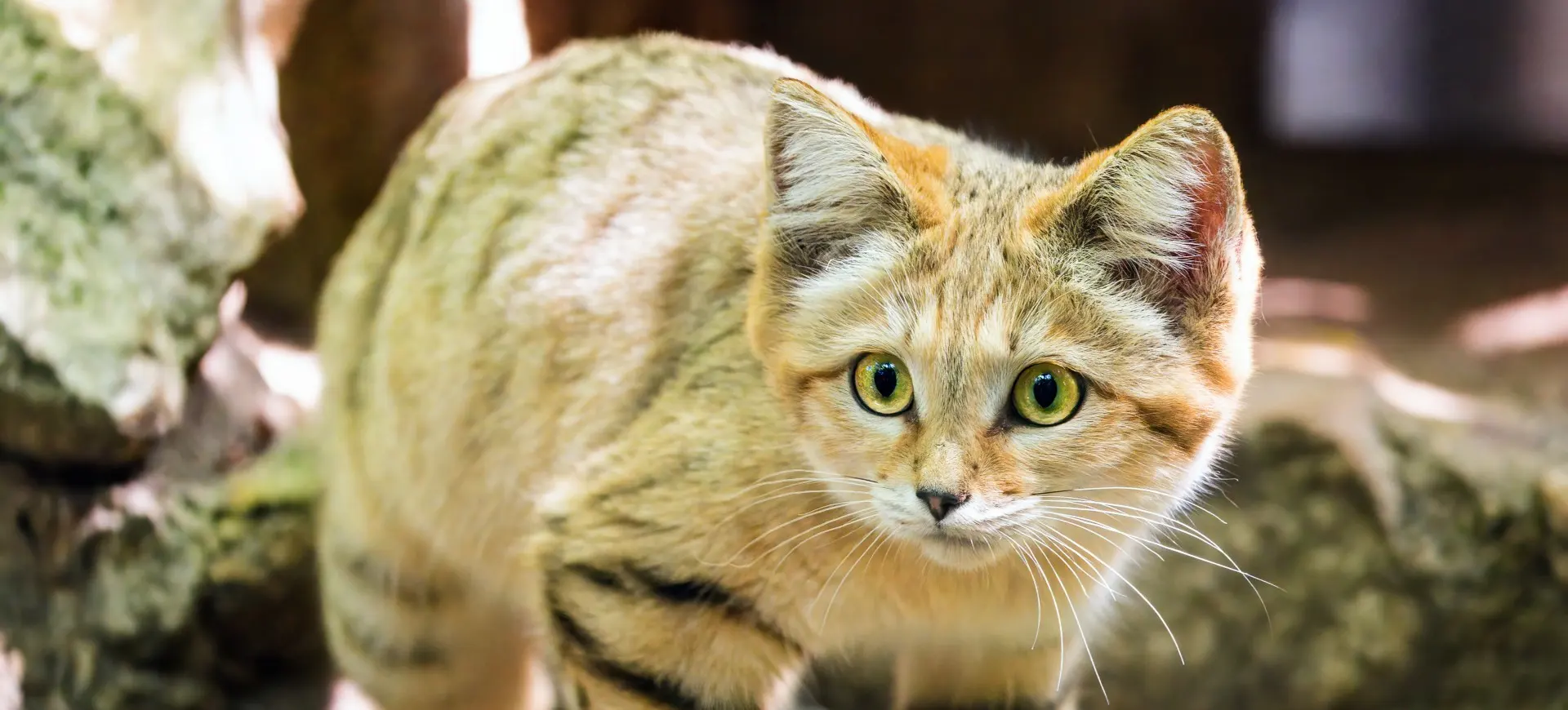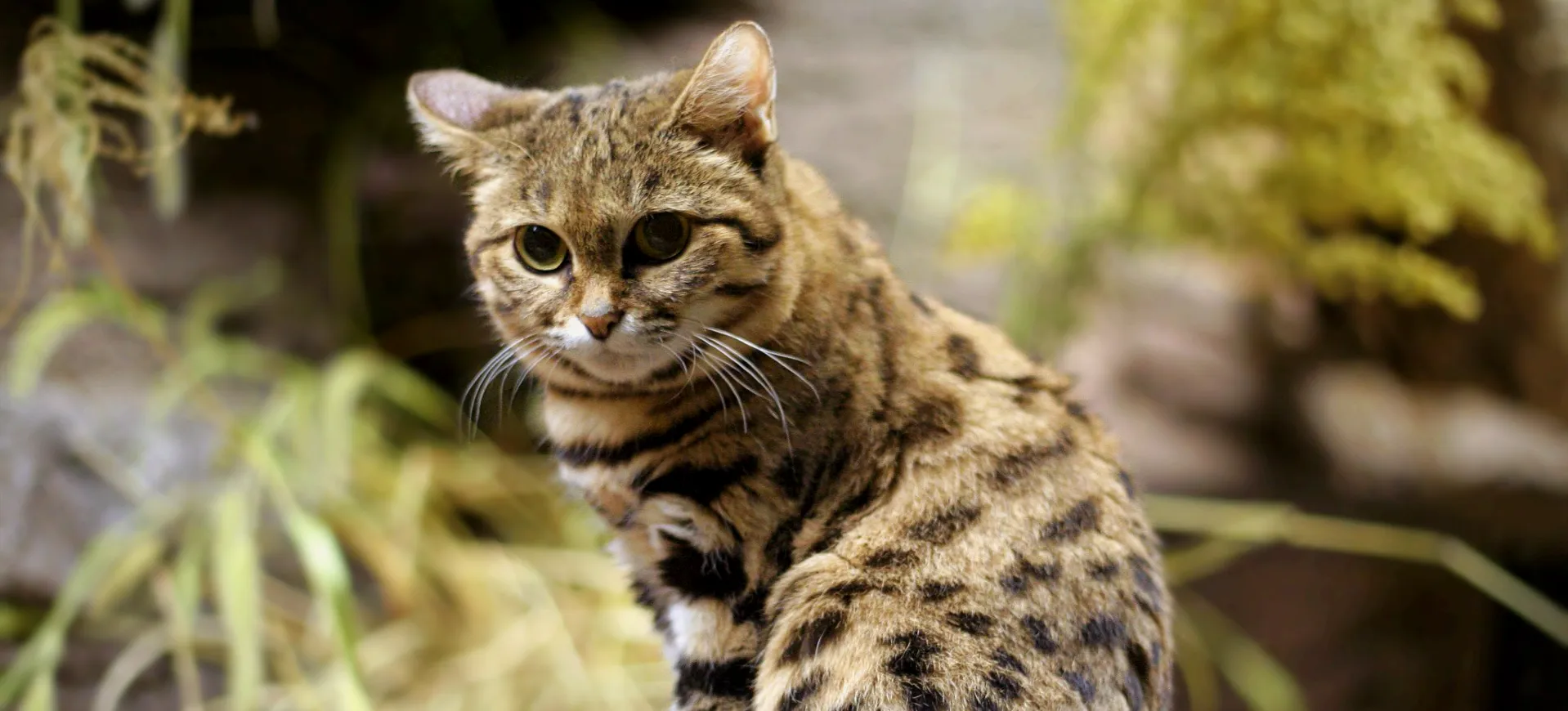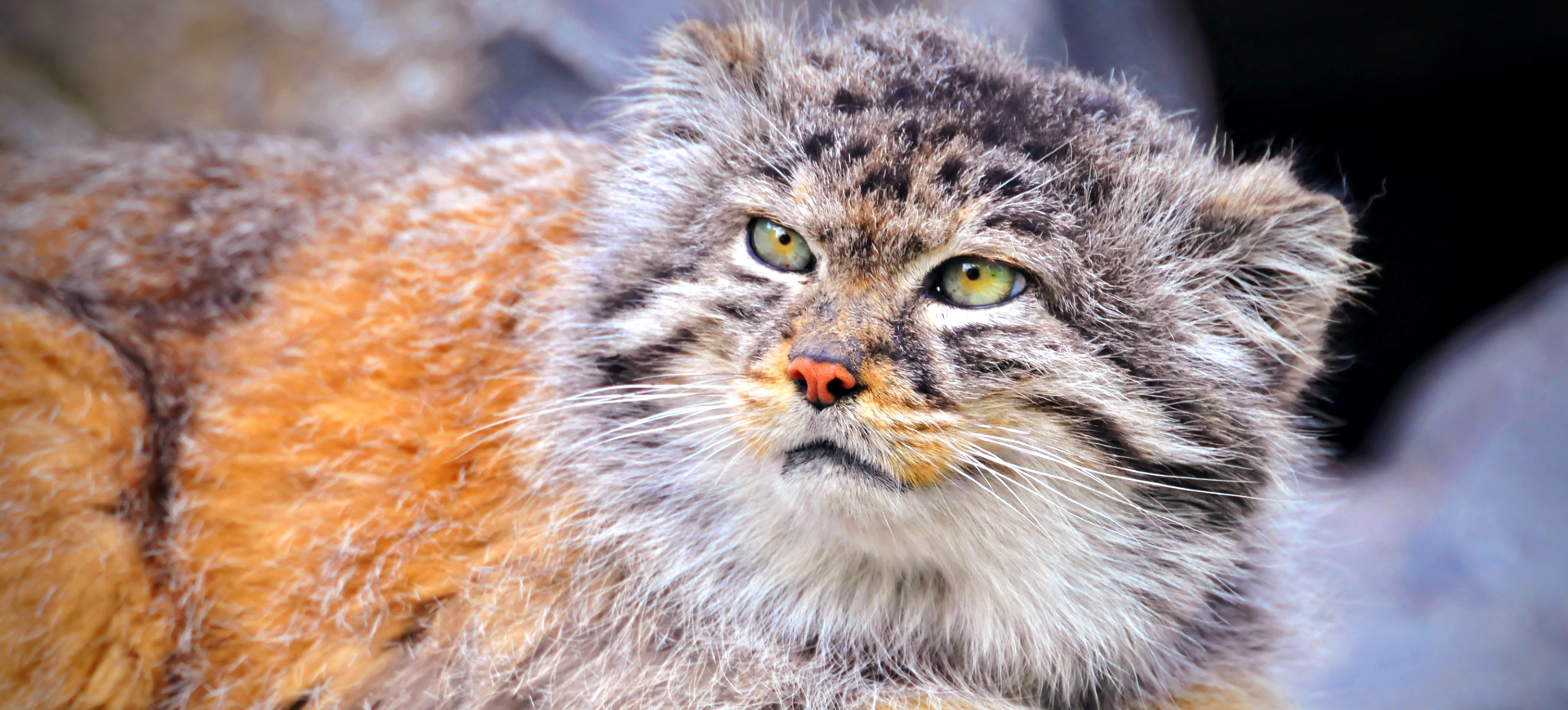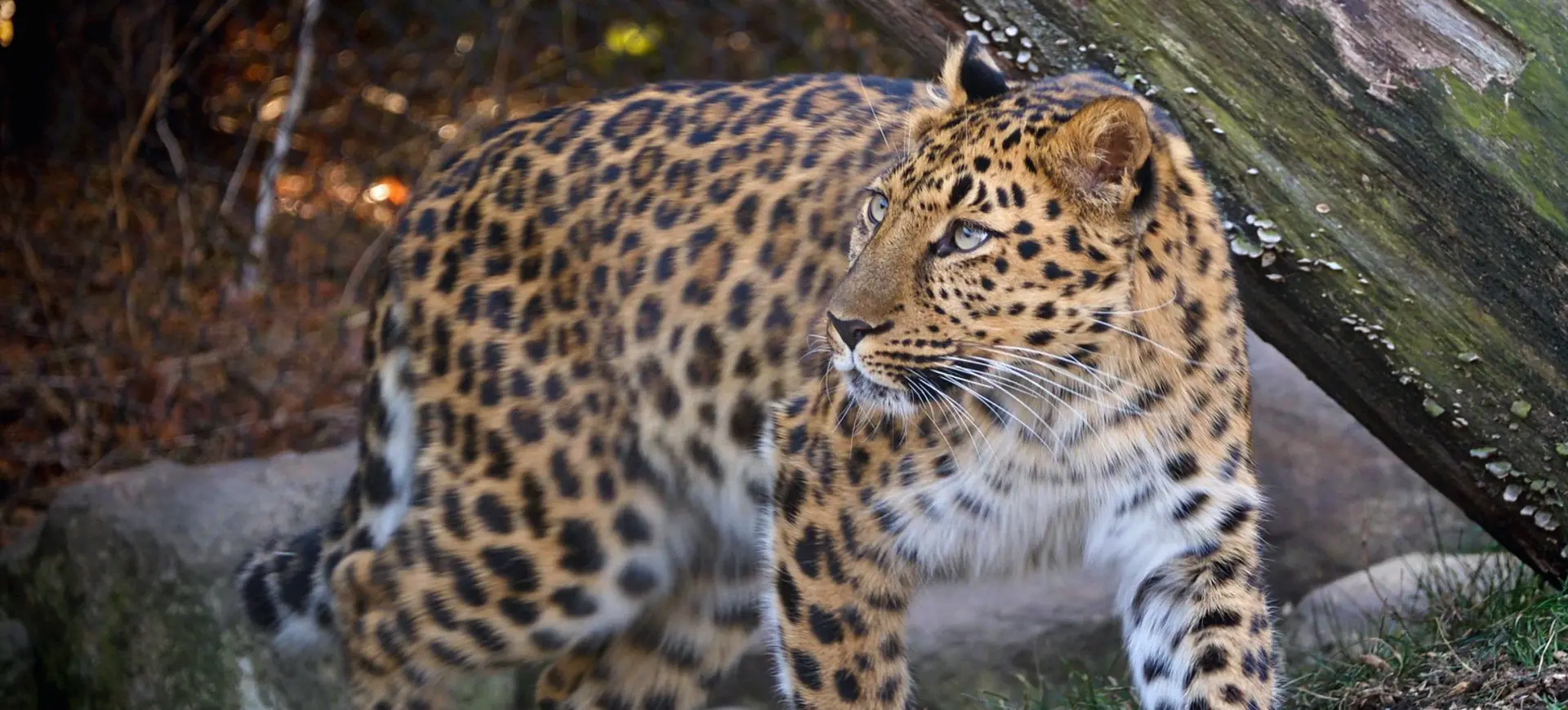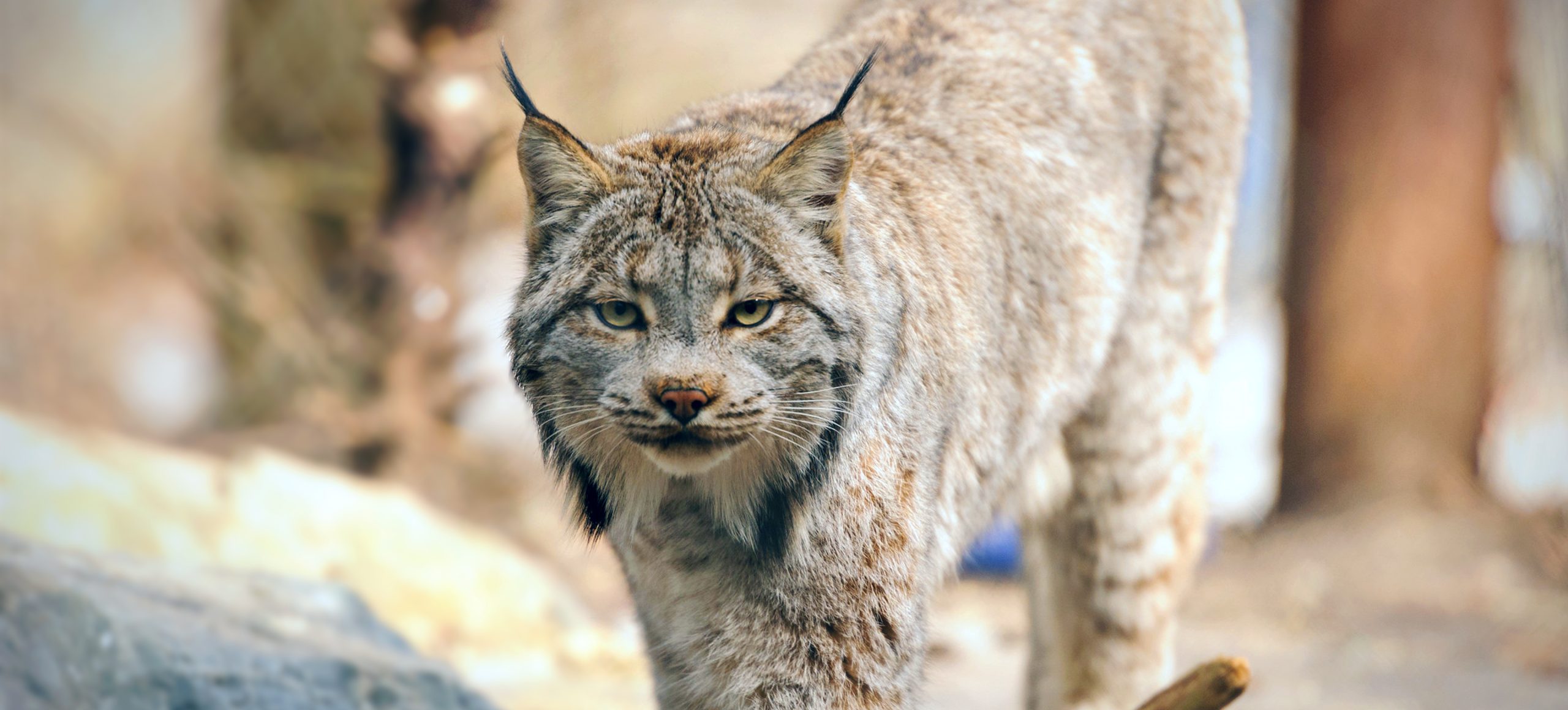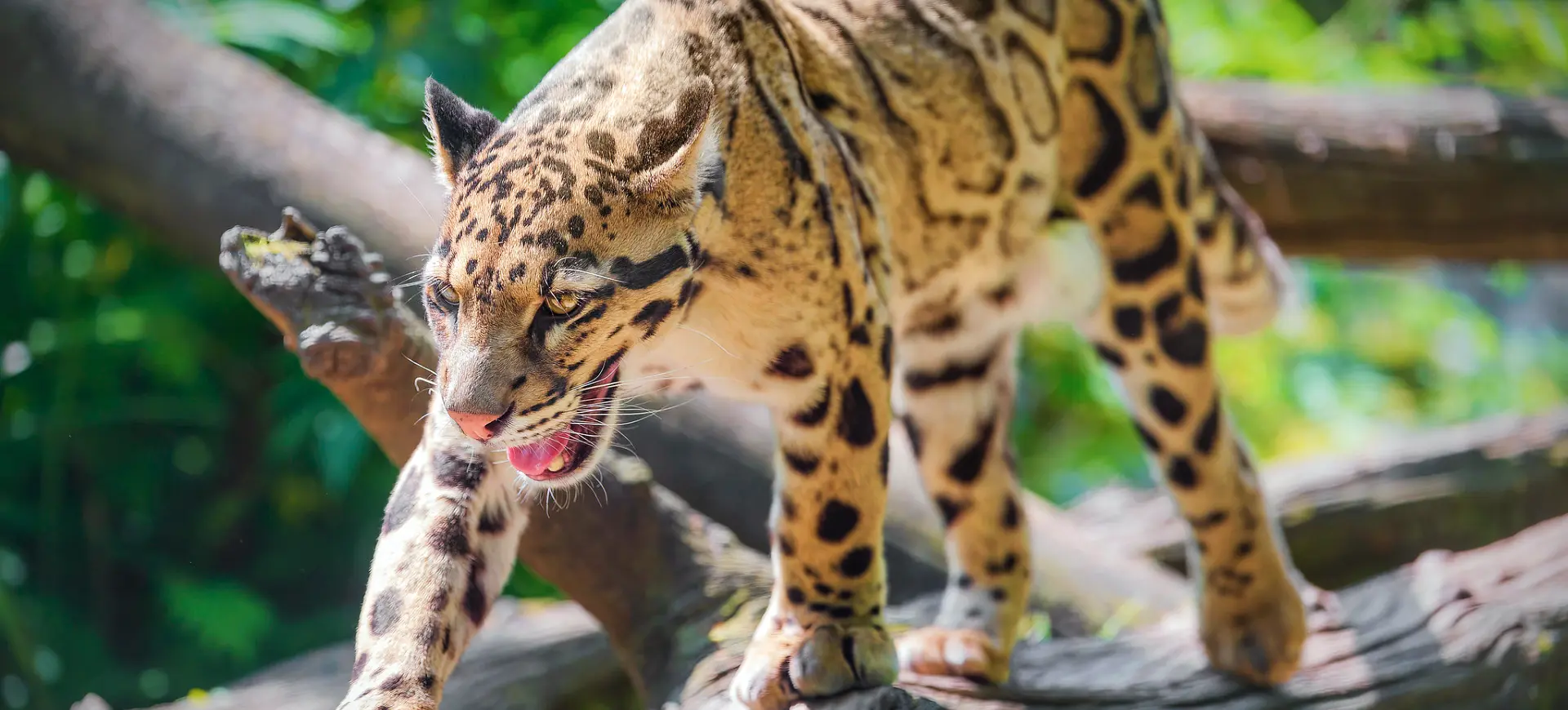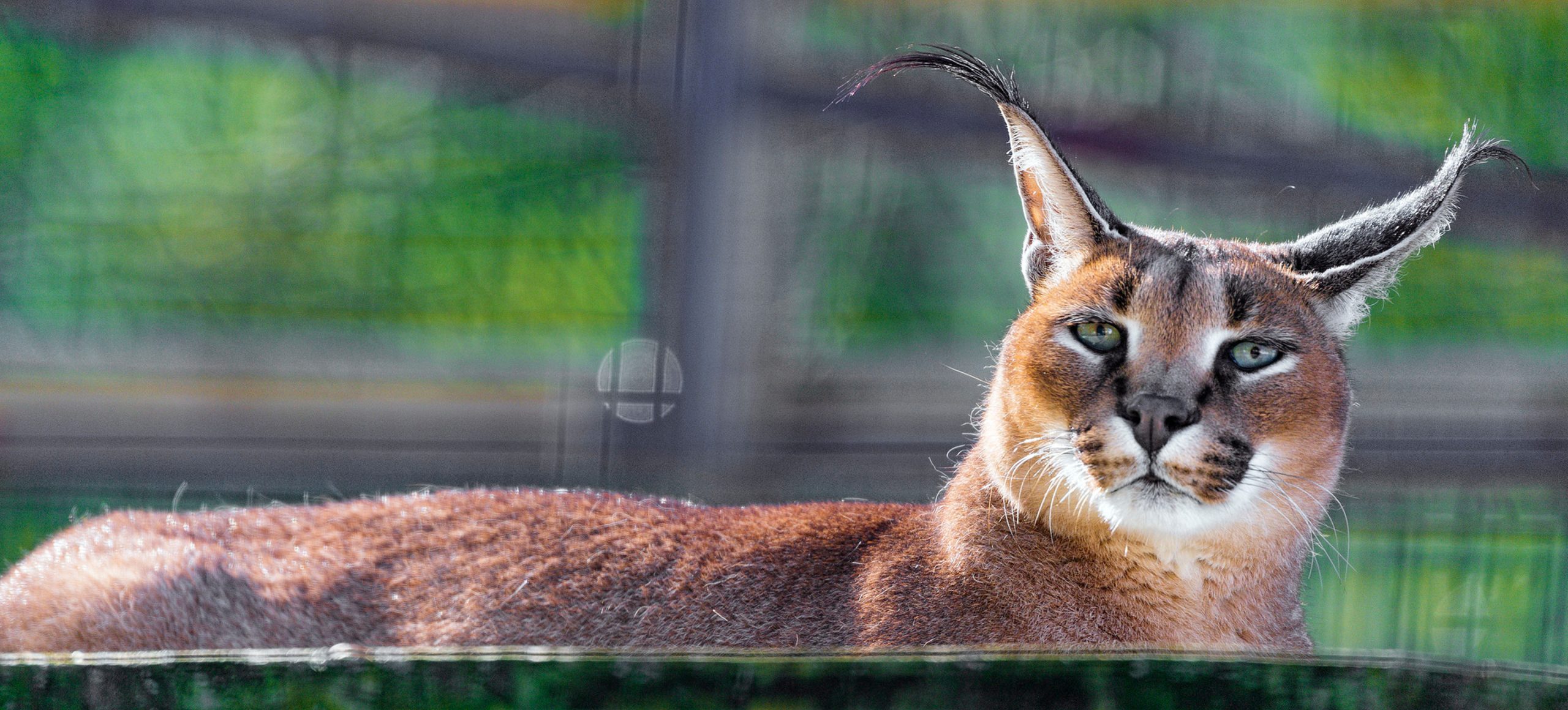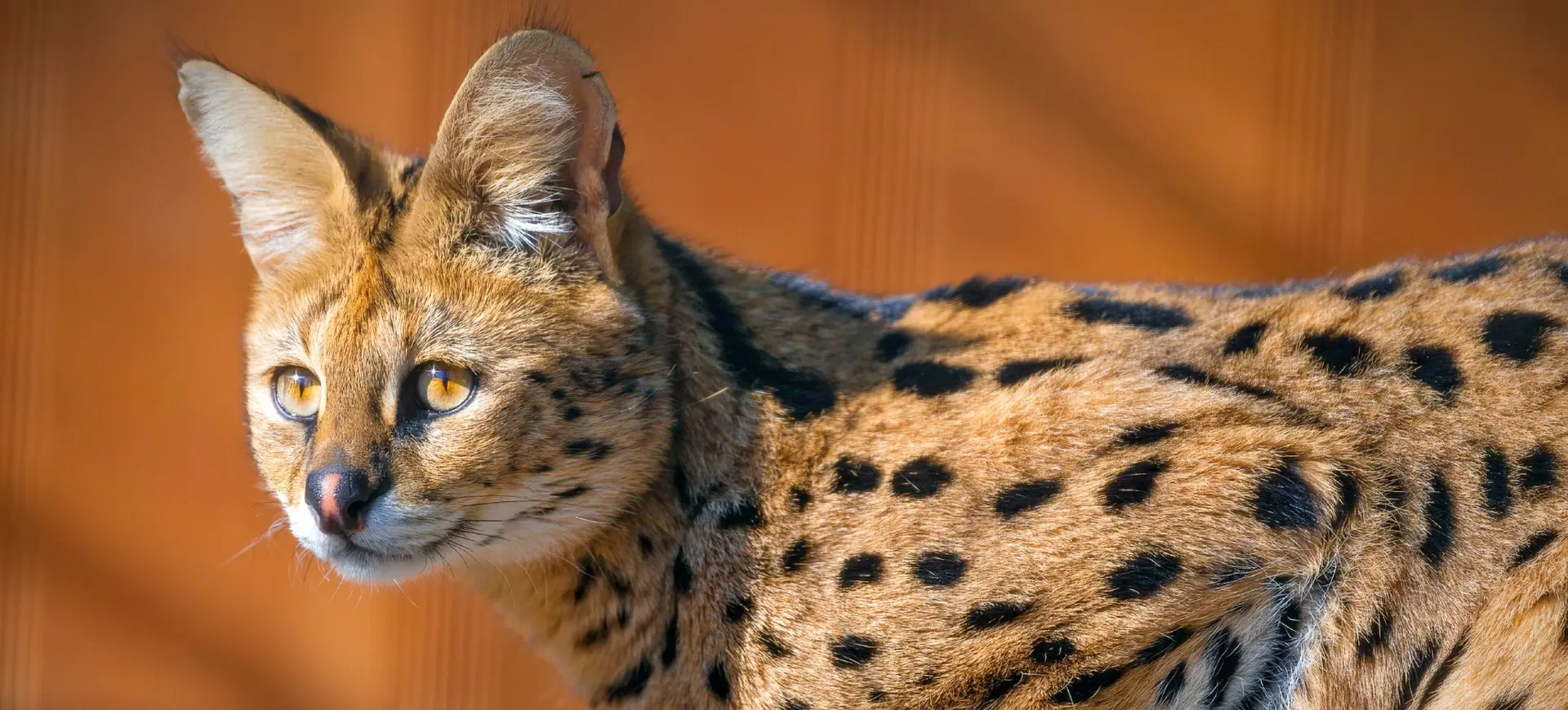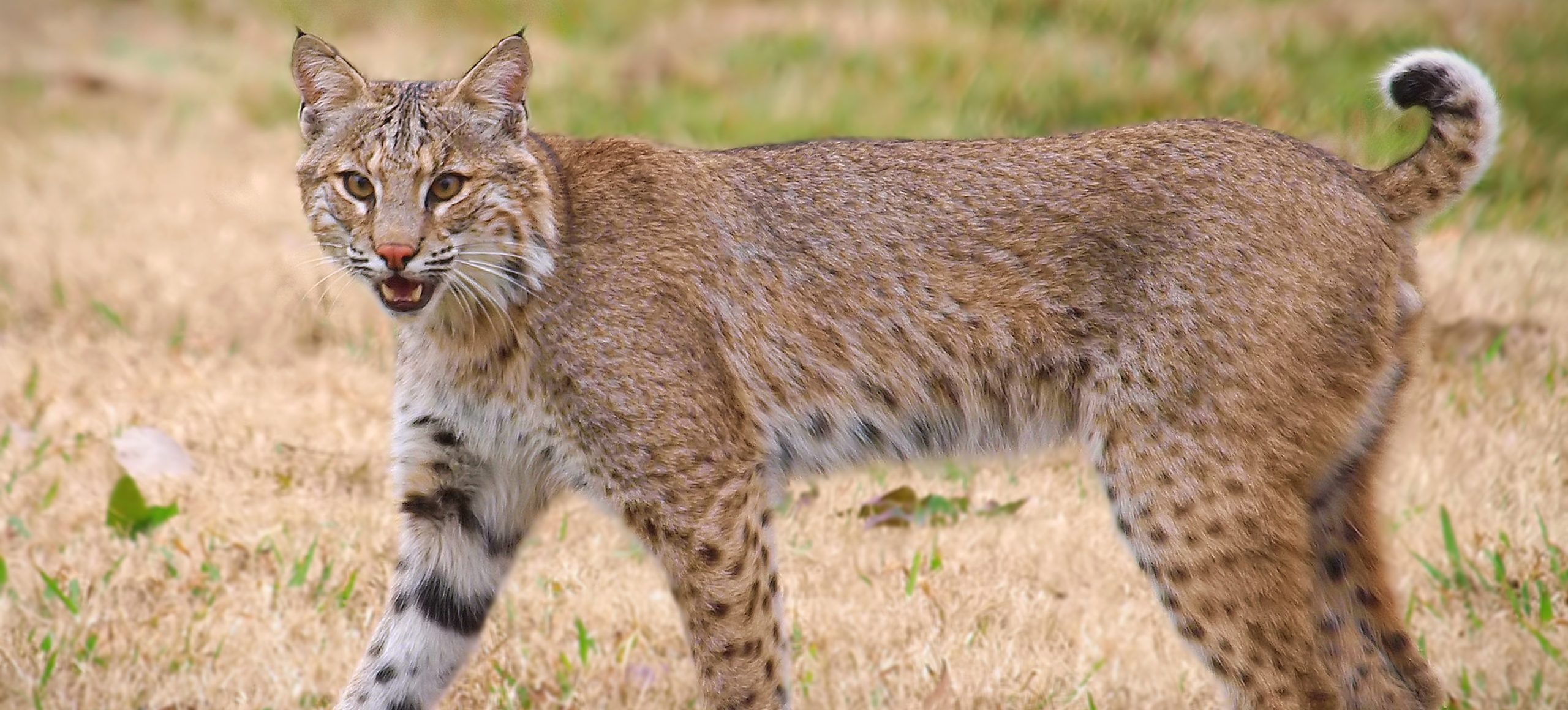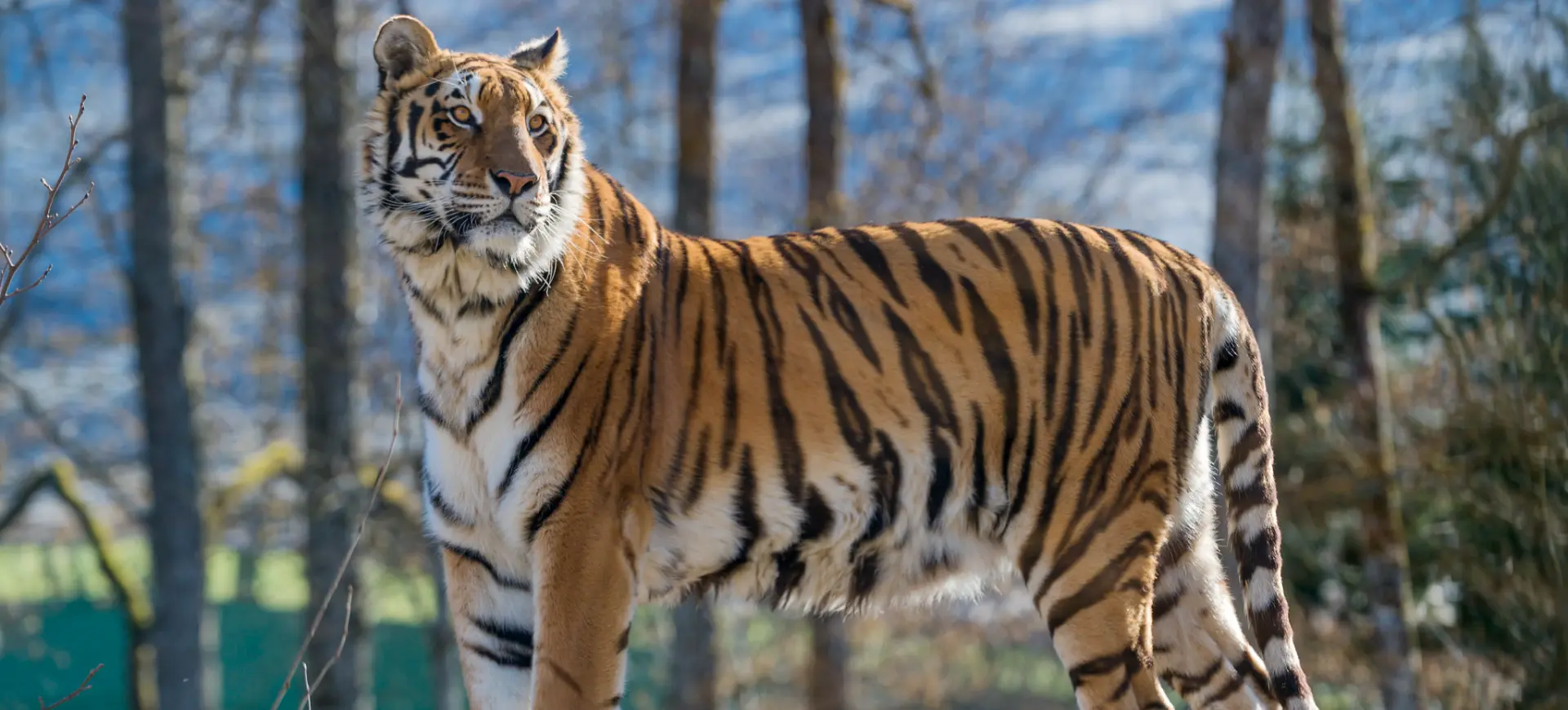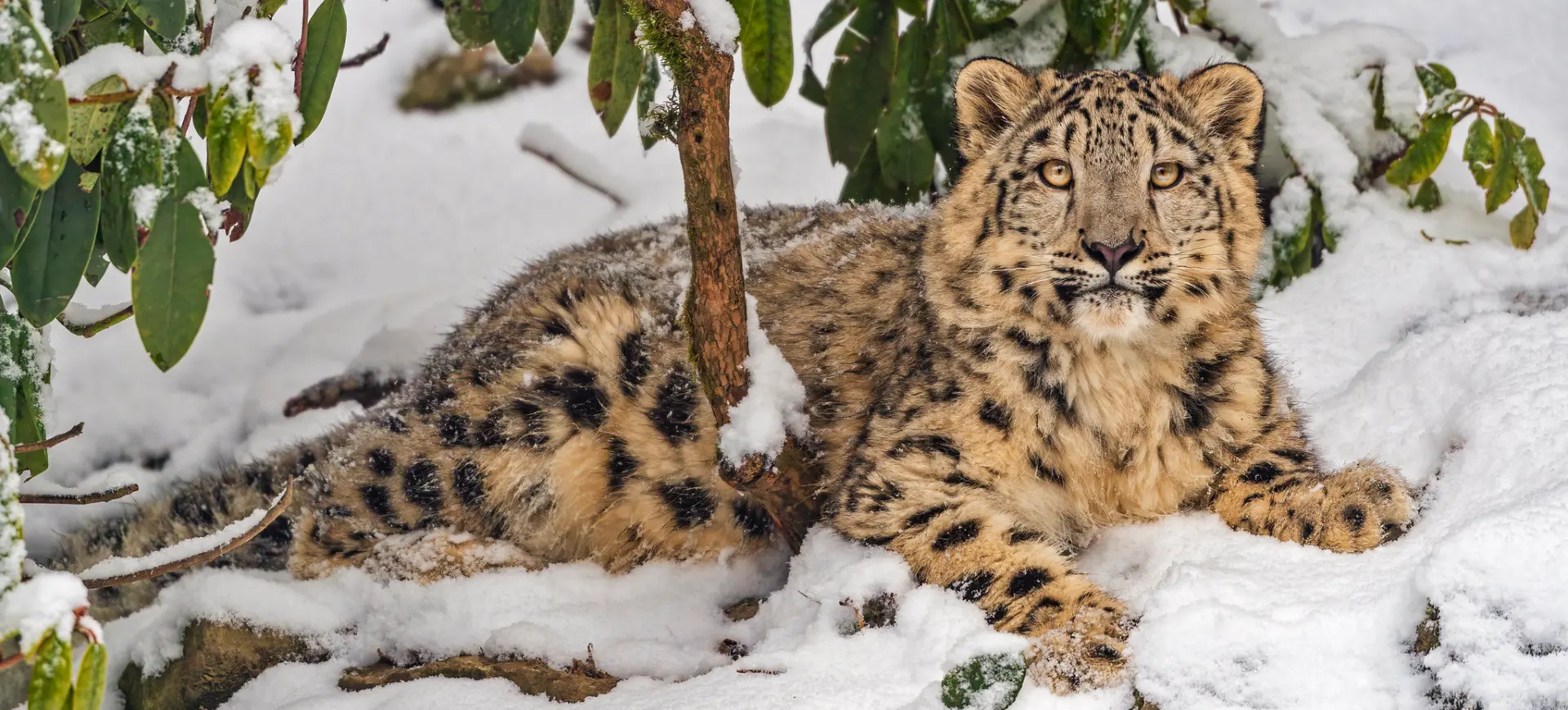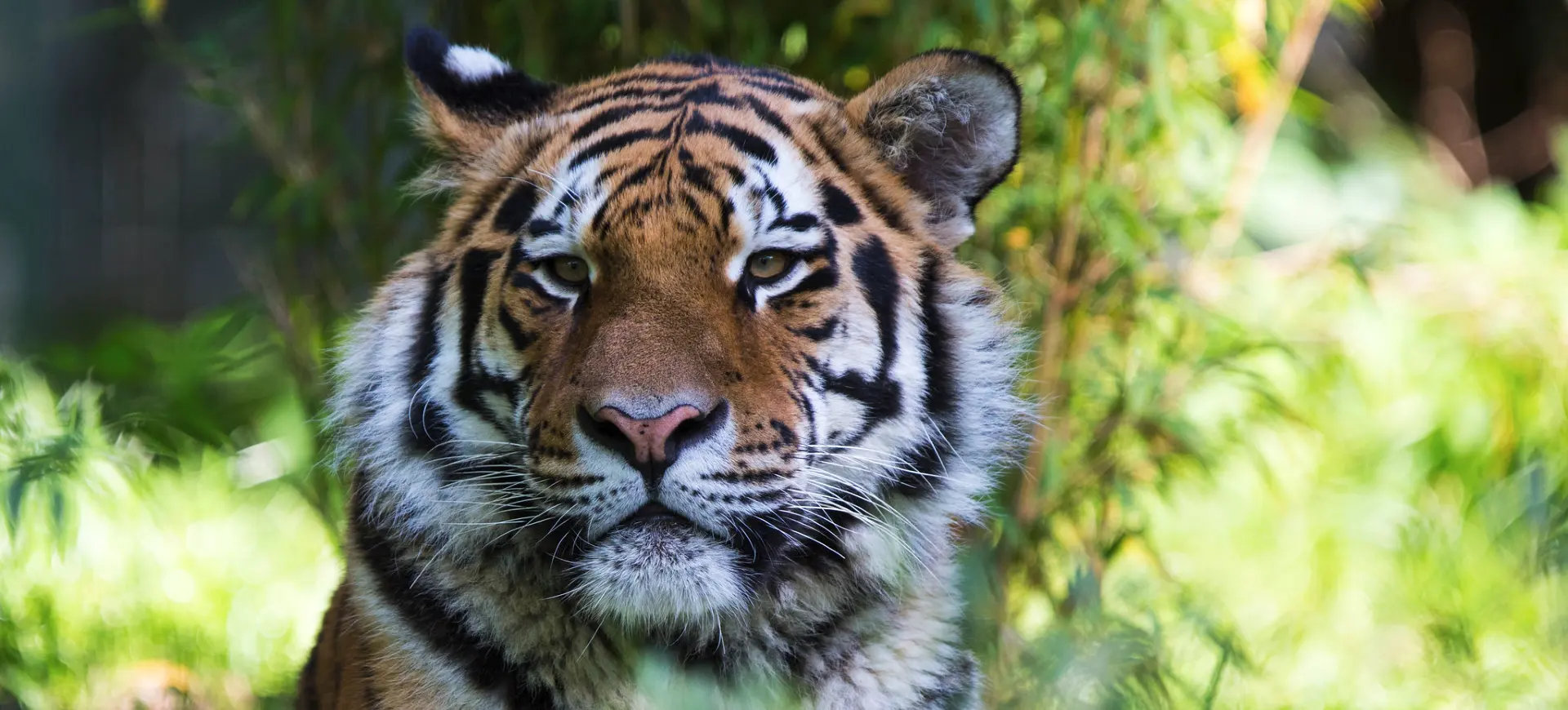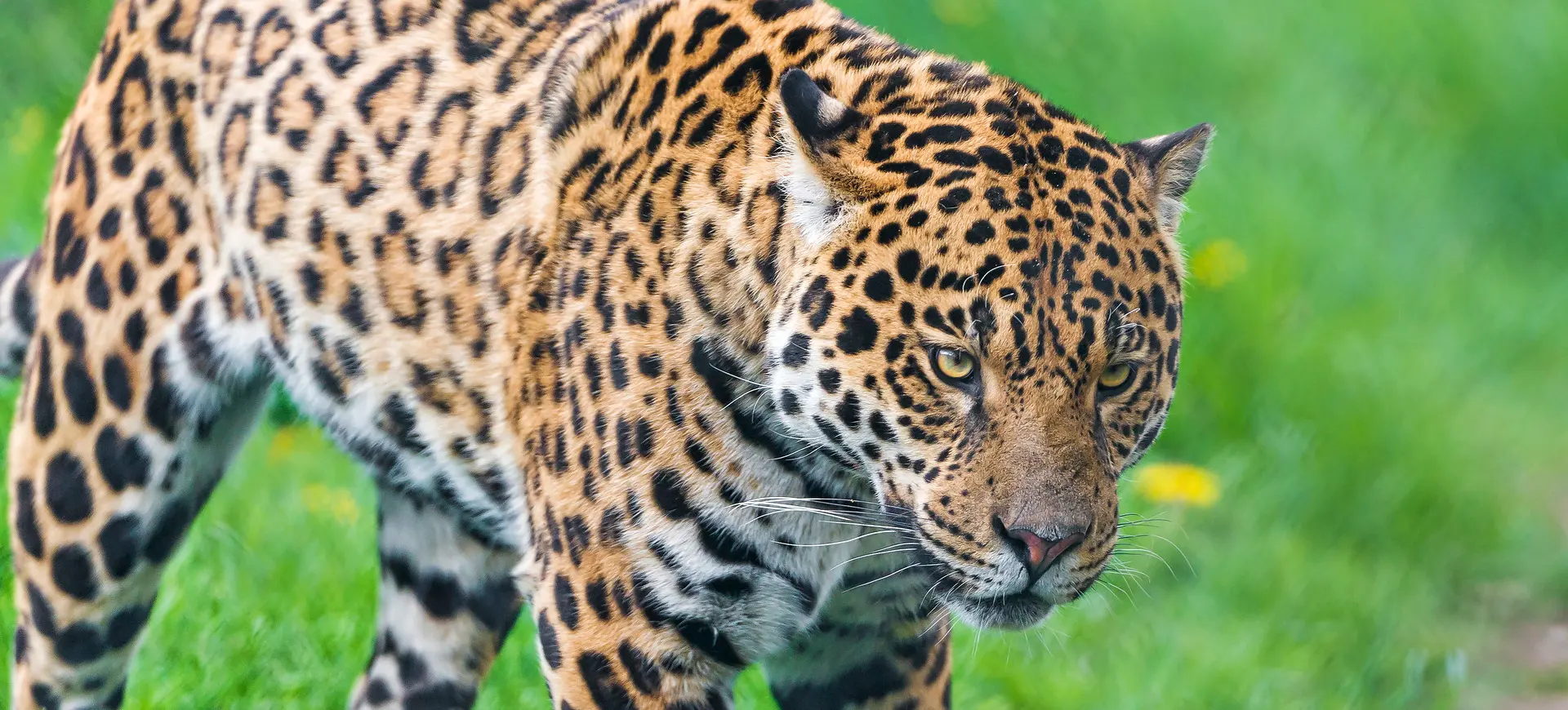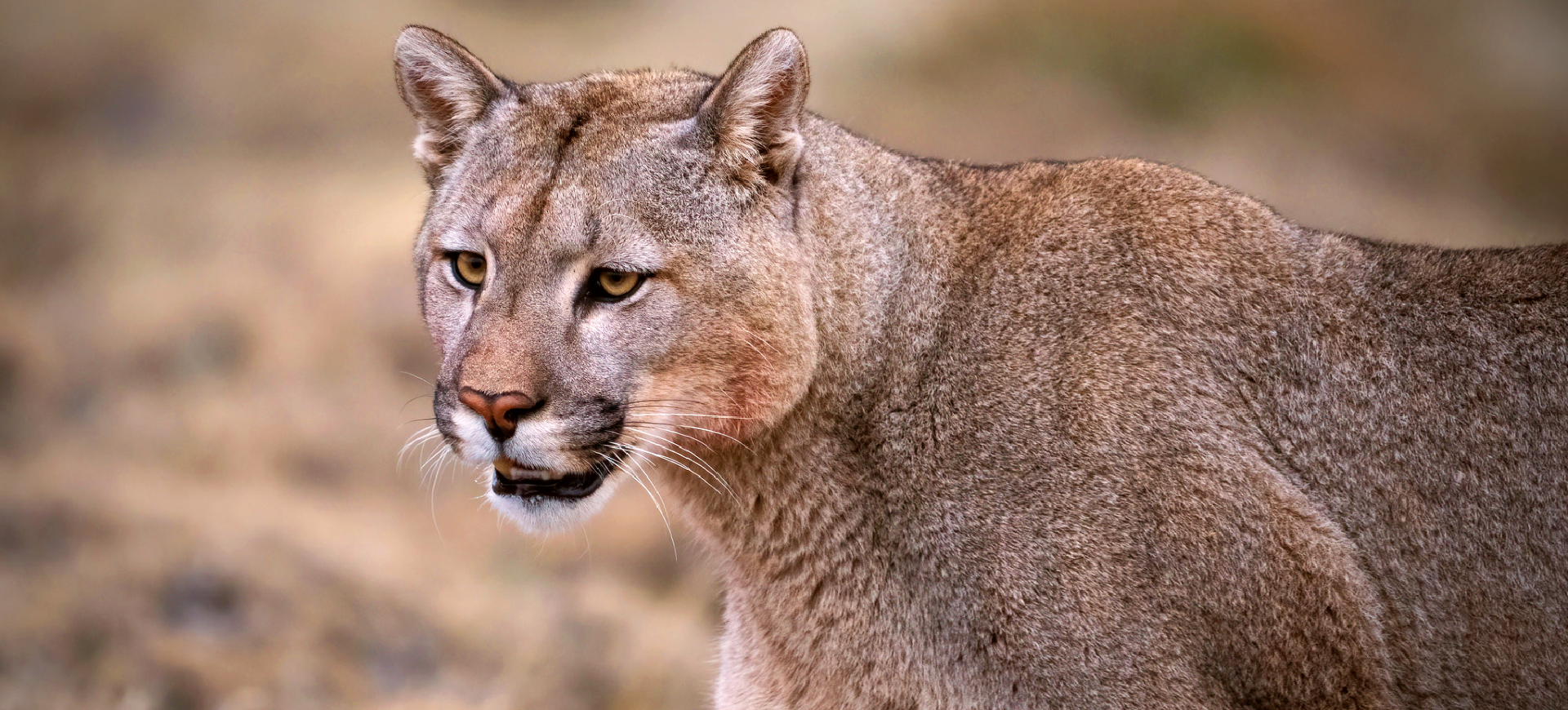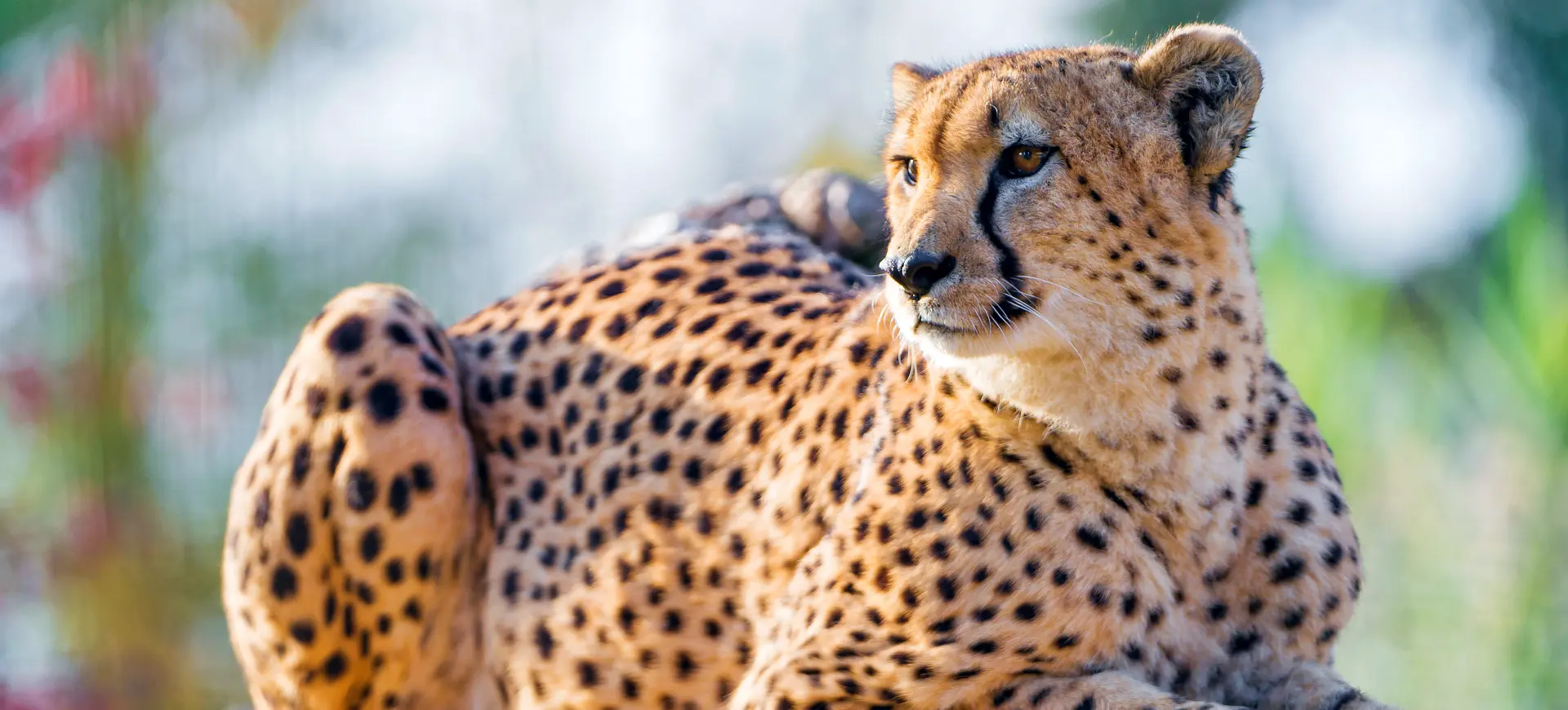Overview
The ocelot is a medium-sized wildcat native to the Americas. It has a distinctive coat featuring dark spots arranged in rosettes, reminiscent of the patterns seen on a leopard or jaguar. Ocelots are agile predators, equally adept at climbing trees and swimming, giving them diverse hunting options. The species is often confused with other similar-looking wildcats, such as the margay and oncilla.
Scientifically known as Leopardus pardalis, the ocelot can be found in various environments ranging from scrublands to tropical rainforests. Despite its solitary nature, the ocelot is known for its vocalizations, including a range of meows, growls, and hisses. While it mainly hunts at night, the ocelot has also been active during the daytime in regions with fewer human activities.
Over the years, ocelots have faced significant threats due to habitat loss and illegal trade. While the are considered to be of “Least Concern” by the IUCN, efforts are still needed to ensure their long-term survival. They are a part of various conservation programs for habitat preservation and reducing human-wildlife conflict.
Taxonomy
Kingdom
Phylum
Class
Order
Family
Genus
Species
Sub Species
Type
Current distribution:
Ocelots are widely distributed across the Americas, from southern Texas and Arizona in the United States to northern Argentina in South America. While their range is broad, population densities are often low, particularly in areas affected by human activity. There has been a noted decrease in ocelot numbers in specific locations due to habitat loss and fragmentation.
Human activities, such as agriculture, logging, and infrastructure development, have significantly impacted ocelot habitats. Despite these challenges, some populations are relatively stable, particularly in protected areas. Conservation initiatives focus on habitat restoration and establishing wildlife corridors to connect fragmented habitats, aiming to sustain wild populations.
Physical Description:
Ocelots possess a tawny or cream-colored coat covered with dark spots and rosettes that aid camouflage. Their eyes are large, offering them excellent night vision, an essential feature for their nocturnal hunting lifestyle. The ocelot’s ears are rounded, and its nose is pinkish, adding to its distinctive appearance. They have robust bodies and strong limbs that enable them to easily swim and climb trees.
Adult ocelots vary in size but typically measure up to 3.3 feet, excluding the tail, which can be an additional foot long. Their body weight can range from 24 to 35 pounds, making them heavier than many other small cat species. Despite their size, they are agile predators and can swiftly move through their environment, navigating trees and water bodies to catch their prey.

Lifespan: Wild: ~10 Years || Captivity: ~20 Years

Weight: Male: 24-35 lbs (11-16 kg) || Female: 22-33 lbs (10-15 kg)

Length: Male: 28-40 in (71-102 cm) || Female: 27-39 in (69-99 cm)

Height: Male: 16-18 in (41-46 cm) || Female: 15-17 in (38-43 cm)

Top Speed: 38 mph (61 km/h)
Characteristic:
Native Habitat:
The ocelot’s native habitat ranges from the southwestern United States through Mexico, Central America, and South America. These cats are highly adaptable and can be found in various environments, including tropical rainforests, mangroves, grasslands, and semi-deserts. They prefer areas with dense vegetation cover, providing excellent camouflage for hunting.
Despite their adaptability, ocelots are particularly sensitive to changes in their habitat, notably human activities like deforestation and urban development. As solitary animals, they require large territories to hunt and breed, often marking their territory with scent markings. The loss of habitat has led to a decline in suitable areas where they can establish territories.
Biogeographical Realms:
Continents:
Diet:
Diet & Feeding Habits:
Ocelots are obligate carnivores, primarily feeding on small mammals like rodents, birds and reptiles. Their keen senses of sight and smell enable them to locate and stalk their prey effectively before launching a rapid attack. Despite their smaller size, they can also take down larger prey, such as young deer, when the opportunity arises.
Hunting mainly occurs at night when their exceptional night vision and acute hearing give them an edge over their prey. Ocelots have specialized teeth and jaws strong enough to crack open bones, ensuring they can consume as much of their prey as possible. In the wild, they usually hunt alone or in pairs and have been observed to cover large territories to find adequate food.
Mating Behavior:
Mating Description:
Ocelots are solitary animals, coming together only for mating purposes. The females exhibit signs of estrus, such as increased vocalization and scent marking, to attract males. Once a suitable mate is found, the pair will copulate multiple times to ensure successful fertilization. The male usually leaves after mating, and the female raises the young.
After a gestation period of around 79 to 85 days, the female gives birth to a litter of one to three kittens. The young are born blind and helpless but quickly develop, opening their eyes within two weeks. They are weaned at about two months but remain with their mother for up to a year, learning vital skills for survival before setting out on their own.
Reproduction Season:
Birth Type:
Pregnancy Duration:
Female Name:
Male Name:
Baby Name:
Social Structure Description:
Ocelots are solitary animals and are highly territorial. Each individual typically has its territory, marked by scent markings to ward off other ocelots. While solitary, mothers are known to raise their kittens with great care, teaching them survival skills until they are old enough to establish their territories.
The social structure of ocelots is largely based on dominance hierarchies. Males are generally more dominant and occupy larger territories compared to females. While violent confrontations are rare, ocelots use vocalizations and scent markings to communicate and establish territories, maintaining a complex social structure despite their solitary nature.
Groups:
Conservation Status:
Population Trend:
The ocelot’s conservation status is listed as “Least Concern” by the IUCN, indicating that they are not currently facing immediate extinction risks. However, this classification does not mean the species is not facing challenges. In many parts of their range, ocelots are threatened by habitat loss and fragmentation, which can lead to local population declines.
Conservation initiatives aim to better understand the exact number of ocelots in the wild. While their broad distribution suggests a relatively stable population, specific regions have significantly declined. These are often linked to human activities, and ongoing research is focused on understanding the extent of these impacts and how best to mitigate them.
Population Threats:
Habitat loss and fragmentation are among the most significant threats facing the ocelot. The expansion of agricultural activities, notably cattle ranching and palm oil plantations, has led to a loss of vital natural habitats. Additionally, ocelots are sometimes killed by farmers who see them as threats to livestock, although such incidents are rare.
Illegal wildlife trade also poses a risk to the ocelot population. Although international trade in ocelot skins has decreased due to legal protections, it still occurs in some regions. The loss of habitats and hunting pressures have made it essential to enact and enforce strong conservation measures to protect this species.
Conservation Efforts:
Several conservation efforts are ongoing to protect the ocelot. These include habitat restoration initiatives and the establishment of wildlife corridors to link fragmented habitats. Education and awareness programs also aim to minimize human-wildlife conflict, particularly in regions where ocelots come into close contact with human activities.
Legal measures have also been implemented to protect ocelots from hunting and trade. In the United States, the ocelot is listed as “Endangered” under the Endangered Species Act, affording it federal protection. Similarly, various countries within the ocelot range have laws protecting the species and its habitat.
Additional Resources:
Fun Facts
- Ocelots have excellent night vision, which is six times better than a human’s.
- They can swim well and will cross rivers and streams if needed.
- Ocelots have a diverse vocal repertoire, including meows, growls, and hisses.
- They have been known to travel up to five miles in a single night for food.
- Ocelots are one of the few cat species that do not avoid water.
- Unlike many other cat species, ocelots do not have a specialized grooming tongue.
- In Aztec mythology, the ocelot was considered a symbol of field workers.
- Ocelots were heavily hunted for their fur in the 20th century, nearly leading to their extinction in certain regions.
- Their nasal passages have a unique “lock and key” mechanism that enhances their sense of smell.
- Ocelots can rotate their wrists, enabling them to climb down trees headfirst.

